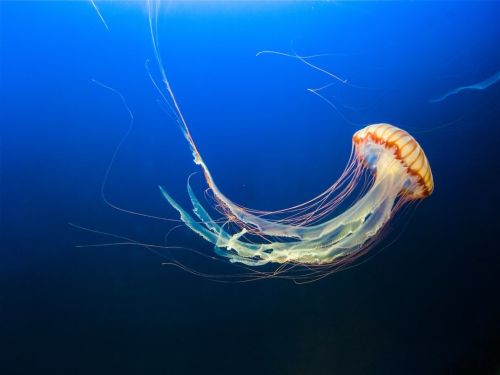The Bermuda Triangle, also known as the Devil's Triangle, is a maritime area in the Atlantic Ocean. It lies north of the Caribbean, roughly between southern Florida, Puerto Rico and Bermuda. The site has gained a mysterious reputation due to several ship and plane disasters that have actually or allegedly occurred there, accidents in which ships and planes have "disappeared."
Since these events have not been fully explained, it has stimulated the imagination and inspired many people to various publications, literary works, and movies suggesting a mystery. There are many theories about these mysterious events. Still, the truth is that the number of disasters at this location does not exceed the number of such accidents elsewhere on the seas.
Still considered a classic of skeptical research, this work explains a whole string of assumptions, half-truths and fiction on the subject. Kusche showed that nothing in this part of the Atlantic is unusual. The number of disappearing ships and aircraft is no greater than in other areas of the world's oceans with comparable traffic. The vast majority of cases lost their mysterious nimbus entirely.
Many ship and aircraft accidents still occur in the Atlantic but are rarely associated with the Bermuda Triangle.
In an incident on December 5, 1945, five American bombers and one search plane were lost - the planes were never found.
According to radio reports from the crew, the five bombers with instructor Lieutenant Taylor, who was flying in the area for the first time, got lost during a training flight east of Florida when they ran out of fuel. At the time, the area had rough seas and strong winds, making the launch unsafe (no trace of the aircraft was discovered). A search plane that took off later was also lost, but more than 200 km northwest of the Bermuda Triangle boundary. A large oil stain was found in the sea where it presumably crashed, but nothing else.
A British South American Airways (BSAA) Avro 688 Tudor Mark IV passenger plane carrying 31 people disappeared during an overnight flight from Santa Maria Airport in the Azores to Kindley Field, Bermuda. The machine was making a transatlantic flight at an extremely low altitude of only about 610 m. The crew reported no problems.
The low-flying aircraft was observed on the night of the crash from the deck of a merchant ship. It veered off course and toward the east coast of the United States. Two days after the plane's disappearance, in an extensive search operation, the remains of the machine were spotted at sea, but they could not be clearly identified. It is believed that the reason plane crashed was the lack of fuel. Although the machine disappeared north of Bermuda, far outside the Bermuda Triangle, supporters of the mystery hypothesis attribute another case of mysterious disappearance to it.
One theory is related to a mythical land called Atlantis. The technology that was used on this continent is supposed to cause the ocean to "sink" and ships to sink.
Another theory is the action of extraterrestrial forces - UFOs. Visitors from other planets abduct Earth ships with their crews.










